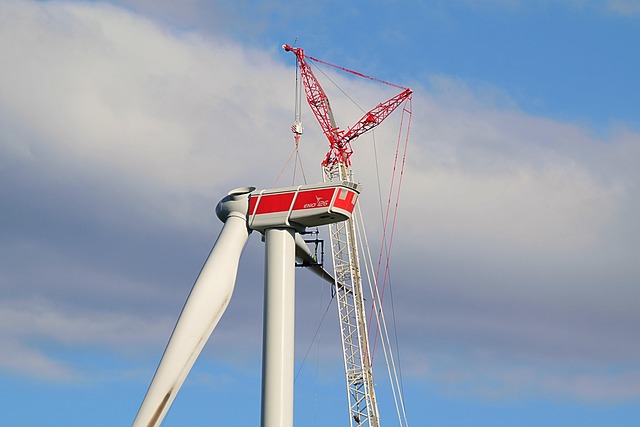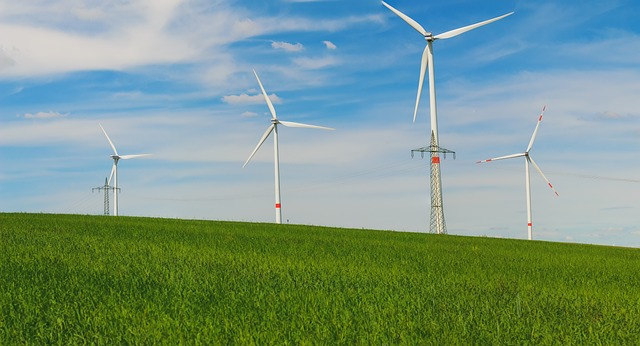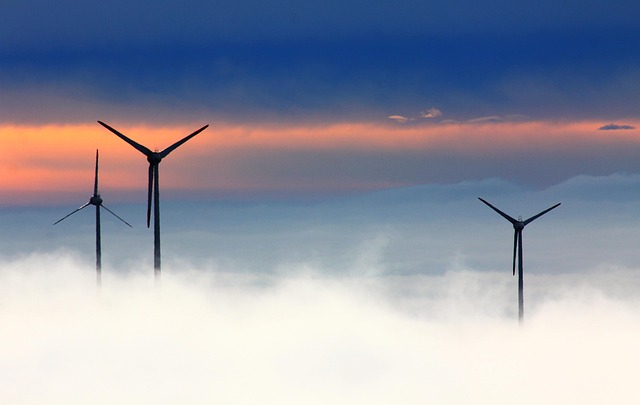Wind Power Around the World: Global Leaders in Sustainable Energy
Wind power is one of the fastest-growing sources of renewable energy across the globe. Its ability to provide clean, sustainable electricity has garnered the attention of countries striving for energy independence and a reduced carbon footprint. As technology progresses and awareness about climate change heightens, wind power is becoming an increasingly integral part of the energy landscape. This article explores the leading countries in wind energy production, the technology behind it, and the future outlook of wind energy worldwide.
The Rise of Wind Power
Wind energy harnesses the natural power of air currents. It has been used for centuries to sail ships and grind grain, but the modern era saw a dramatic shift in the use of wind as a source of electricity generation. Following the oil crisis in the 1970s, interest in alternative energy sources, including wind power, surged globally. The development of more efficient wind turbines, improvements in energy storage, and favorable public policy have positioned wind power as a viable alternative to fossil fuels.
Global Wind Power Capacity: Overview
As of the end of 2022, global wind capacity reached an astounding 939 gigawatts (GW), with predictions suggesting further growth in the coming years. The use of wind energy varies from country to country, influenced by local policies, geographical advantages, and investment in technology. Countries that have invested heavily in wind power infrastructure have reaped significant economic and environmental benefits.
Leading Countries in Wind Power Generation
Several nations stand out as leaders in the wind energy sector, leading the way in both onshore and offshore installations.
China
China is the undisputed leader in wind power, boasting more than a third of the global wind energy capacity. By the end of 2022, China had an installed capacity of over 280 GW. The country has invested heavily in wind farm installations, with regions like Inner Mongolia and Xinjiang serving as major wind energy hubs. The Chinese government has made significant strides in promoting renewable energy, offering financial incentives and setting ambitious targets for carbon neutrality by 2060.
The United States
The United States is the second-largest producer of wind energy, with a capacity exceeding 130 GW. States like Texas, Iowa, and Oklahoma have established themselves as wind energy powerhouses, harnessing the vast open spaces and favorable wind conditions. The U.S. has witnessed an increase in both onshore and offshore wind farms, with the latter rapidly gaining traction along the East Coast. Federal and state policies continue to evolve to support wind energy, aiming for a diversified and resilient energy portfolio.
Germany
Germany is a pioneer in the wind energy field and serves as a model for other nations. With an installed capacity of around 65 GW, the country has made staggering investments in renewable energy over the past two decades. The “Energiewende” policy has driven the transition towards renewable energies, with wind being a central component. Germany is also a leader in offshore wind installations in the North Sea, contributing to the growing European market.
India
India emerges as a significant player in wind energy, ranking fourth globally with a capacity of approximately 50 GW. The Indian government has implemented numerous initiatives to encourage renewable energy sources, aiming for 175 GW of renewable energy by 2022, of which wind makes a substantial contribution. The states of Tamil Nadu and Gujarat are known for their high wind potential and have established an array of wind farms.
Spain
Spain is recognized for its innovative wind technology and extensive wind farms, ranking fifth in the world with over 27 GW of capacity. The country initiated its push for wind energy in the early 2000s, driven by the need for energy security and environmental sustainability. The Spanish coastline is dotted with offshore wind farms, positioning the nation as a leader in both construction and operational technologies.
The Technology Behind Wind Power
The foundation of wind power generation lies in advanced technology, primarily wind turbines. Modern wind turbines have evolved significantly over the years, designed to maximize efficiency and minimize costs. Key components of wind technology include:
Turbines: These are the primary mechanism through which wind energy is converted into electricity. Turbines can differ in size and specifications, typically categorized into horizontal-axis and vertical-axis designs. Horizontal-axis turbines dominate the market due to their efficiency and reliability.
Wind Farms: Wind farms comprise multiple turbines working together to produce electricity on a large scale. Positioned in areas with consistent wind patterns, they can either be onshore (located on land) or offshore (built in bodies of water).
Grid Integration: Integrating wind energy into existing power grids can be challenging due to the intermittent nature of wind. Advanced grid management systems and energy storage solutions, including batteries and pumped hydro storage, play a crucial role in ensuring a steady power supply.
The Environmental Impact of Wind Energy
Transitioning to wind energy has profound environmental benefits. Unlike fossil fuels, wind power generation produces no air pollution or greenhouse gas emissions during operation. It also contributes to a reduction in reliance on finite resources, contributing to energy sustainability. However, like any form of energy generation, wind power has its environmental considerations. These may include:
Wildlife Impact: The construction and operation of wind farms can potentially impact local wildlife, particularly birds and bats. However, ongoing research and technological innovations aim to minimize these impacts through better siting and turbine design.
Land Use: Wind farms require considerable land for installations, though land can still be used for agriculture or grazing alongside turbines. Urban areas can also benefit from smaller turbine installations, integrating renewable energy into densely populated regions.
The Future of Wind Power
The future of wind power appears bright, bolstered by technological advancements, increasing efficiency, and growing investment. Predictions suggest wind energy could constitute a significant proportion of the world’s energy supply by 2030 and beyond.
Several trends are emerging that indicate a promising trajectory for wind energy:
Technological Advancements: Innovations in turbine technology, such as larger rotor diameters and taller towers, are enabling greater energy extraction from low-wind sites. Floating wind farms are also on the rise, allowing countries to harness wind resources in deeper waters.
Policies and Investment: Governments worldwide are committing to ambitious renewable energy targets. More robust investment in clean energy infrastructure is essential to drive the growth of wind power, supported by both private and public sectors.
Public Awareness: Increasing awareness of climate change and its associated challenges is driving consumer demand for cleaner energy sources. As societies become more environmentally conscious, pressure on governments to promote renewable energy solutions rises.
Conclusion
Wind power is a cornerstone of the transition to sustainable energy worldwide. With countries like China, the United States, Germany, India, and Spain leading the charge, wind energy continues to expand and evolve. The technology behind wind power is becoming increasingly sophisticated, paving the way for a more sustainable energy future. As global leaders prioritize the reduction of carbon emissions, the role of wind power will only become more critical in the push toward a greener world.
The journey towards a sustainable energy future powered by wind is not without its challenges, but the prospects for innovation, investment, and societal acceptance paint an optimistic picture. Harnessing the winds of change will enable future generations to thrive in a cleaner, more sustainable world.



